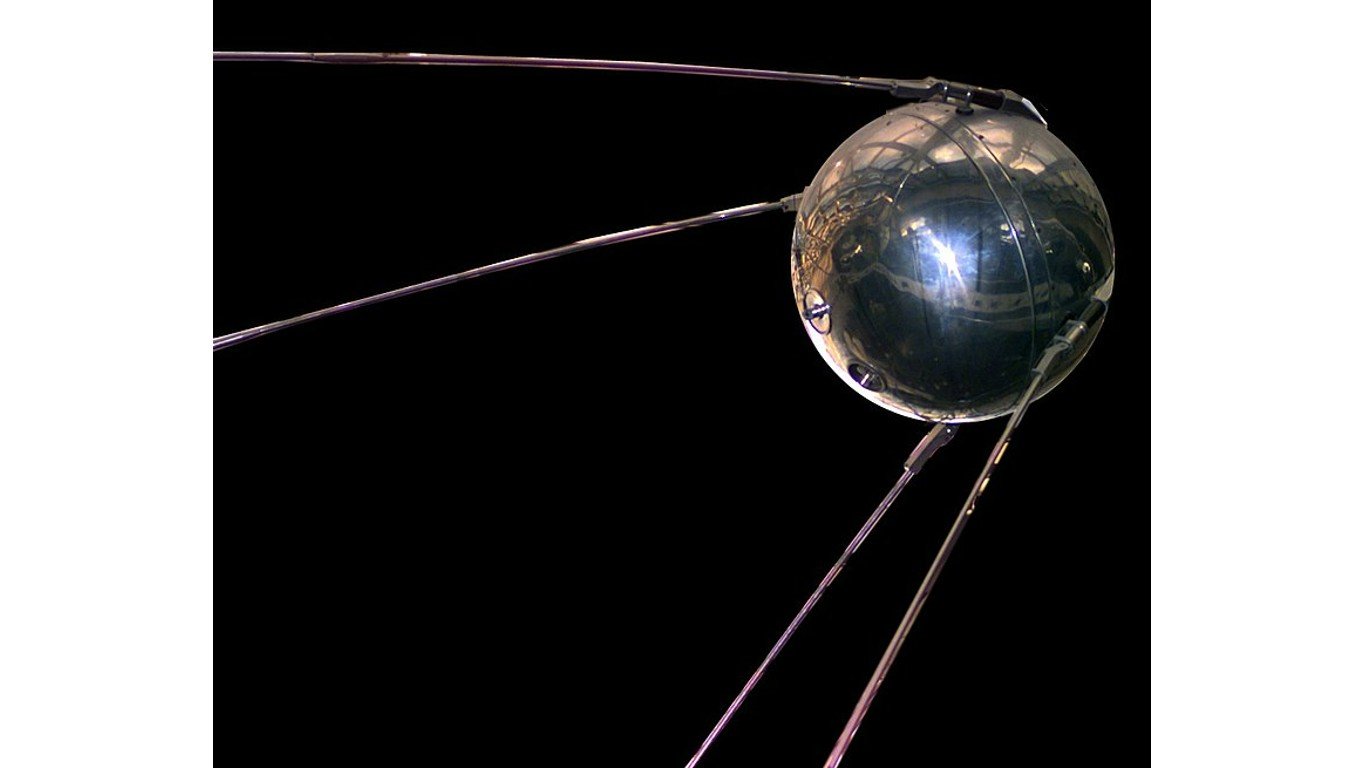
1957
> Doomsday clock position: 2 minutes to midnight
> Nuclear tests: 55
The Space Race between the U.S. and the Soviet Union blasts off with the launch of the first Earth-orbiting satellite, Sputnik.
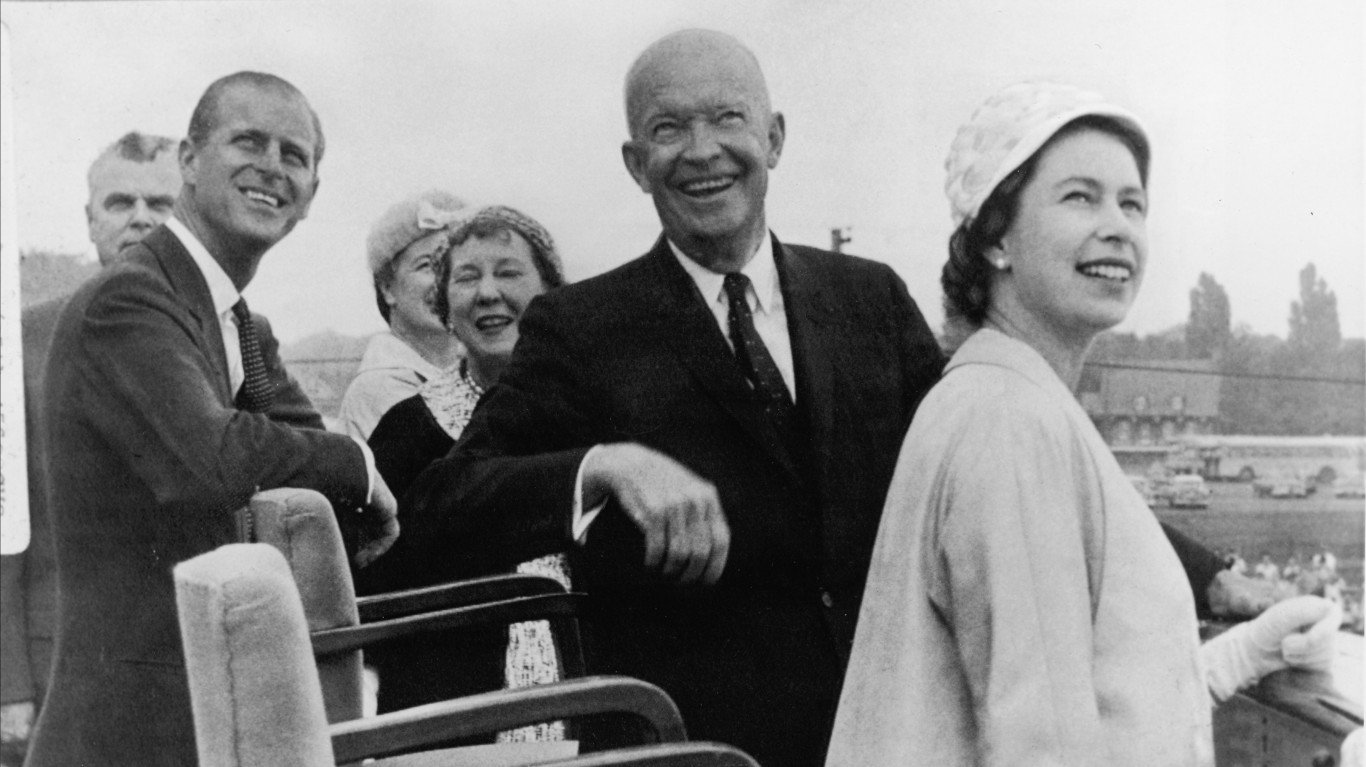
1958
> Doomsday clock position: 2 minutes to midnight
> Nuclear tests: 116
President Dwight Eisenhower signs the National Aeronautics and Space Act of 1958. NASA is intended to promote aeronautical research.
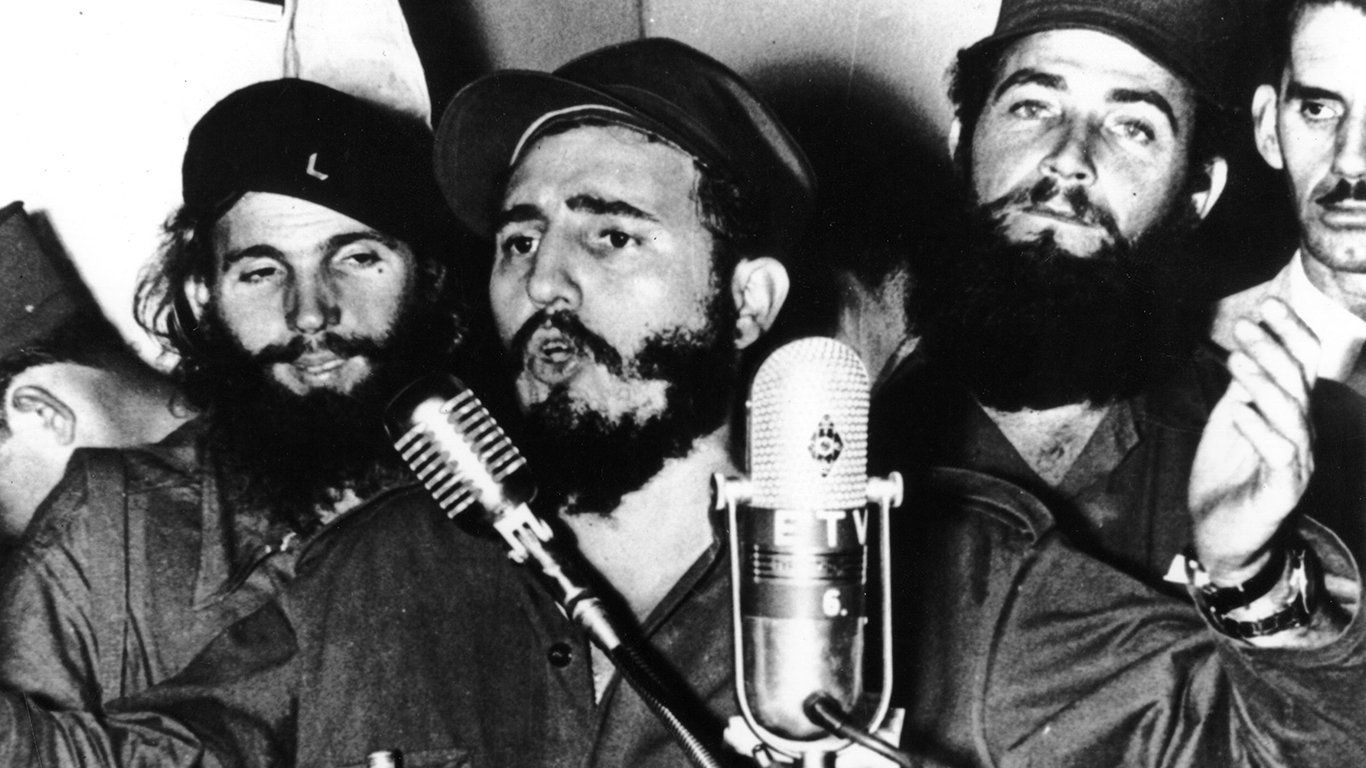
1959
> Doomsday clock position: 2 minutes to midnight
> Nuclear tests: 0
Then Vice President Richard Nixon and Soviet Union Premier Nikita Khrushchev engage in an impromptu debate, known as the “Kitchen Debate.” The two leaders have a lively back-and-forth on the merits of communism versus capitalism at a fair. In the same year, Fidel Castro comes to power in Cuba, an event which would have implications in later years.
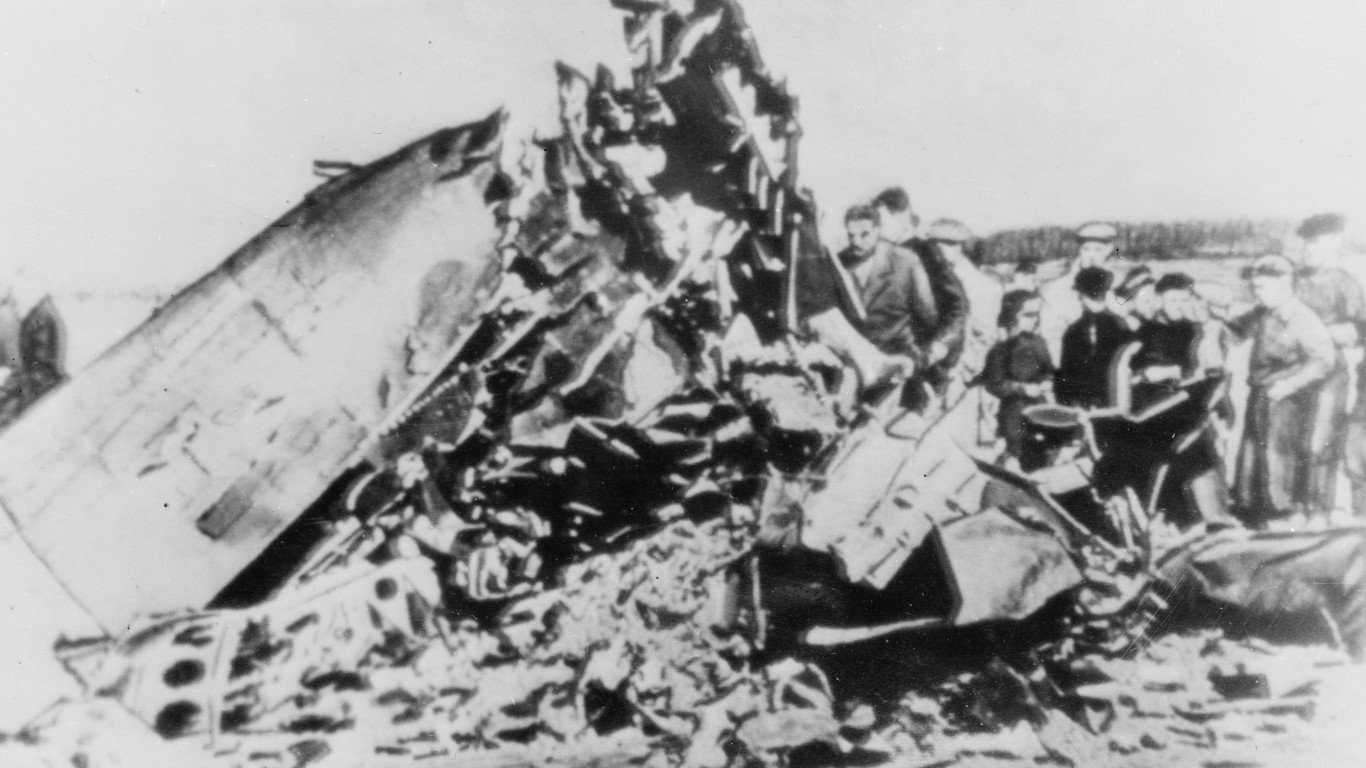
1960
> Doomsday clock position: 7 minutes to midnight
> Nuclear tests: 3
Despite U-2 pilot Gary Powers being shot down and captured over the Soviet Union, the clock is set back from two to seven minutes to midnight. The Bulletin notes that there seems to be a change in humanity’s attitude to war and rule of force and that there seems to be an awakening of a world community. Specifically, there is “a change in the climate of our diplomatic relations with the Soviet Union … engendered by the personal contacts of the leaders of the great powers and their visits to different countries of the world.”
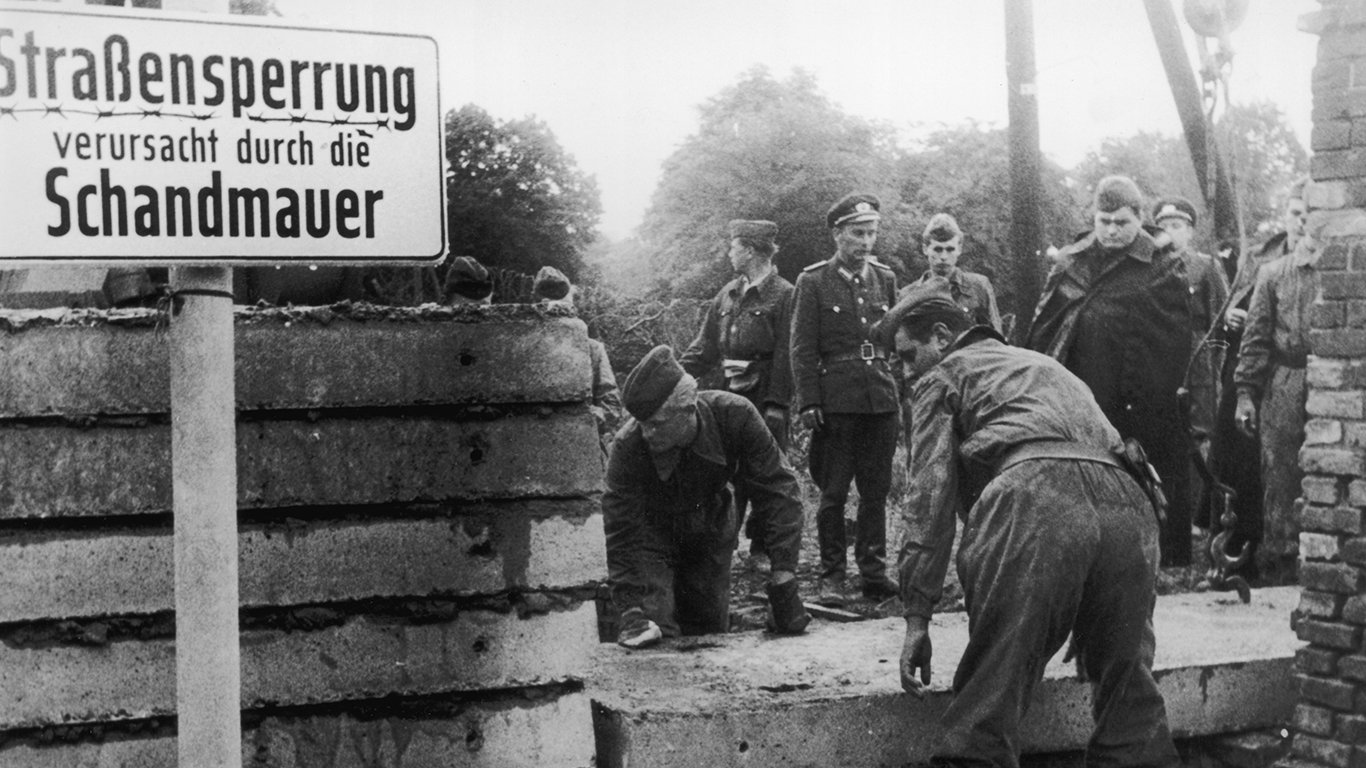
1961
> Doomsday clock position: 7 minutes to midnight
> Nuclear tests: 71
In 1958, Soviet Union Premier Nikita Khrushchev demanded the Western Powers leave Berlin. Despite ensuing diplomatic efforts, East Berlin Mayor Walter Ulbricht closes the border and erects the infamous Berlin Wall in August 1961.
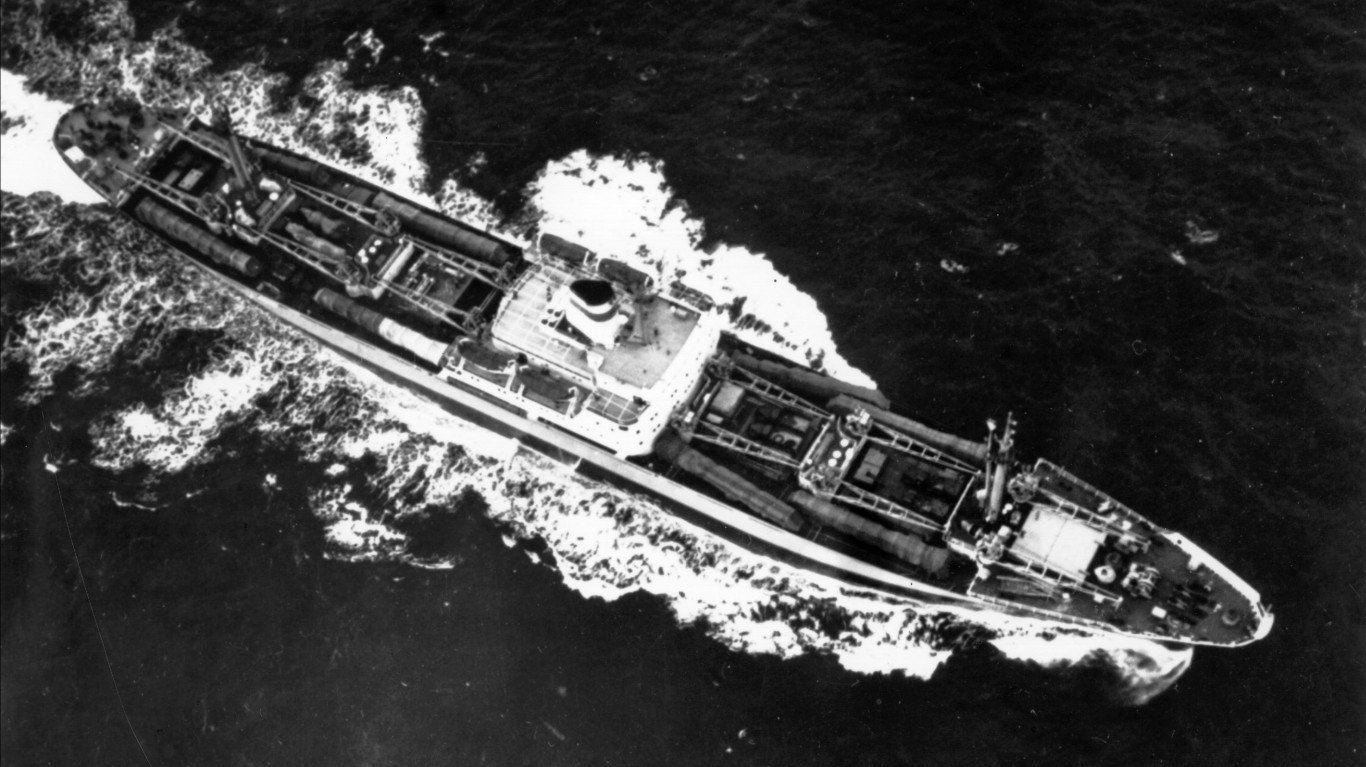
1962
> Doomsday clock position: 7 minutes to midnight
> Nuclear tests: 178
The simmering Cold War between the U.S. and the Soviet Union culminates in the Cuban Missile Crisis. In 1962, the U.S. learns the Soviets had installed nuclear missiles in Cuba, an island 90 miles from our shores. President John F. Kennedy demands the Soviets remove the weapons, and the U.S. imposes a naval “quarantine” of Cuba. After a tense staredown, Khrushchev eventually agrees to remove the missiles.
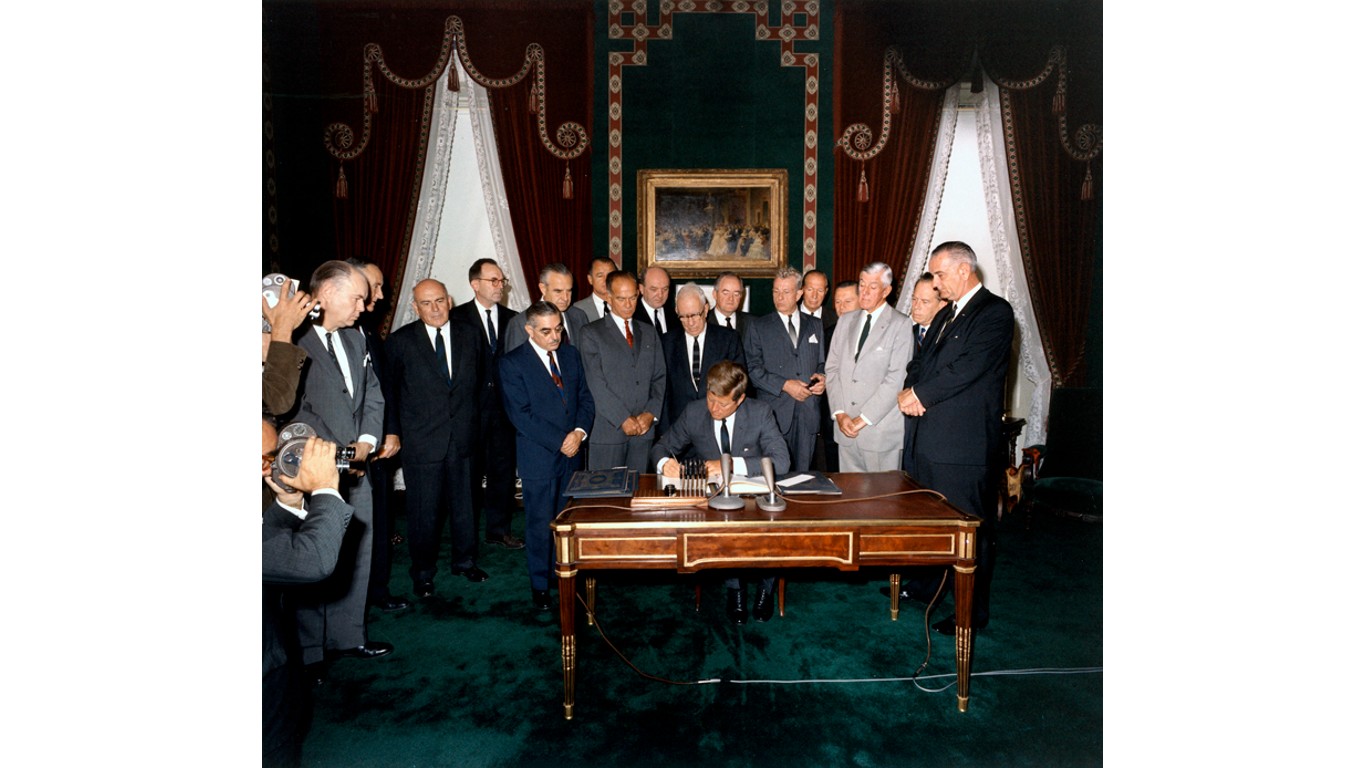
1963
> Doomsday clock position: 12 minutes to midnight
> Nuclear tests: 50
After a decade of almost nonstop nuclear tests, the United States and Soviet Union sign the Partial Test Ban Treaty, which ends all atmospheric nuclear testing. While it does not outlaw underground testing, the treaty represents progress in at least slowing the arms race, the Bulletin notes. The clock is moved further back from midnight, from seven to 12 minutes to midnight.
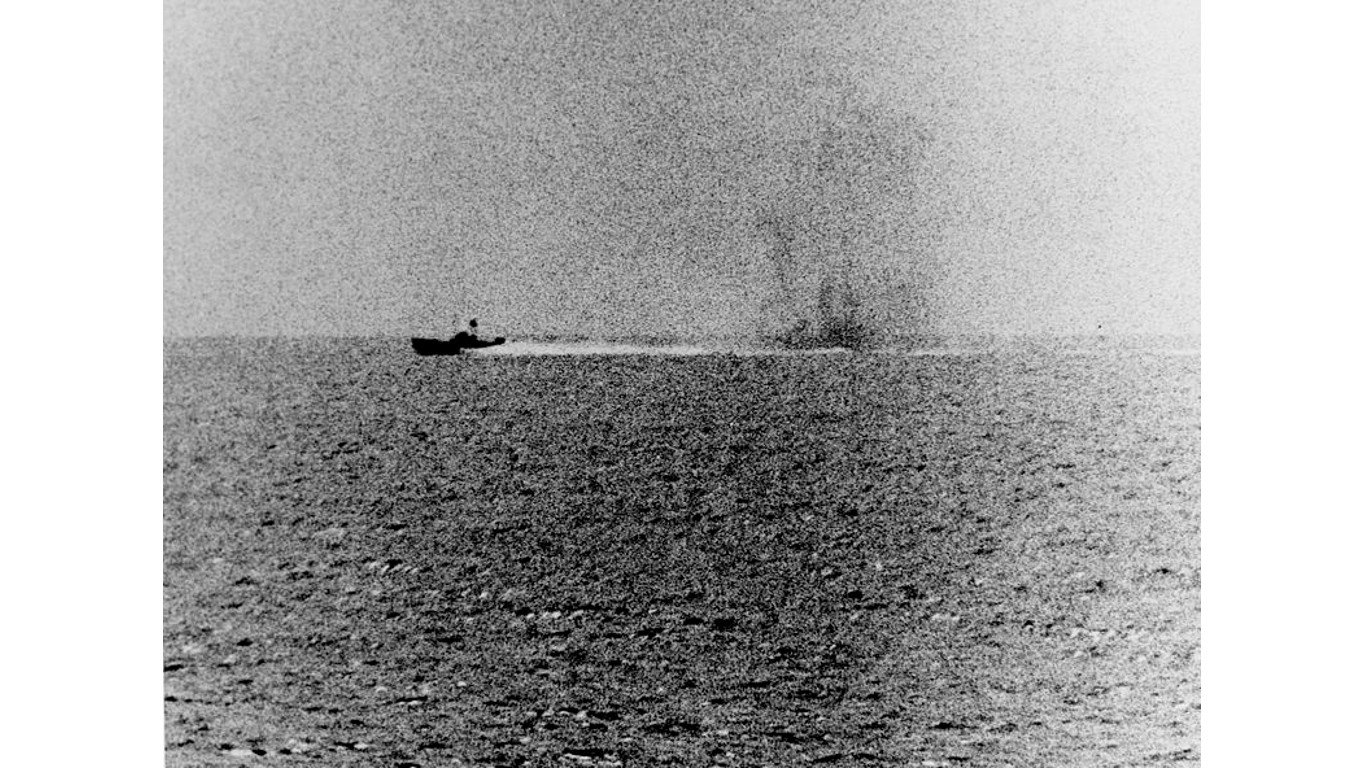
1964
> Doomsday clock position: 12 minutes to midnight
> Nuclear tests: 60
In August 1964, the North Vietnamese fire at two U.S. destroyers in the Gulf of Tonkin. In response, Congress passed the Gulf of Tonkin Resolution, authorizing President Lyndon Johnson to retaliate, thereby setting the legal basis for the Vietnam War. Also that year, China tests its own atomic bomb.
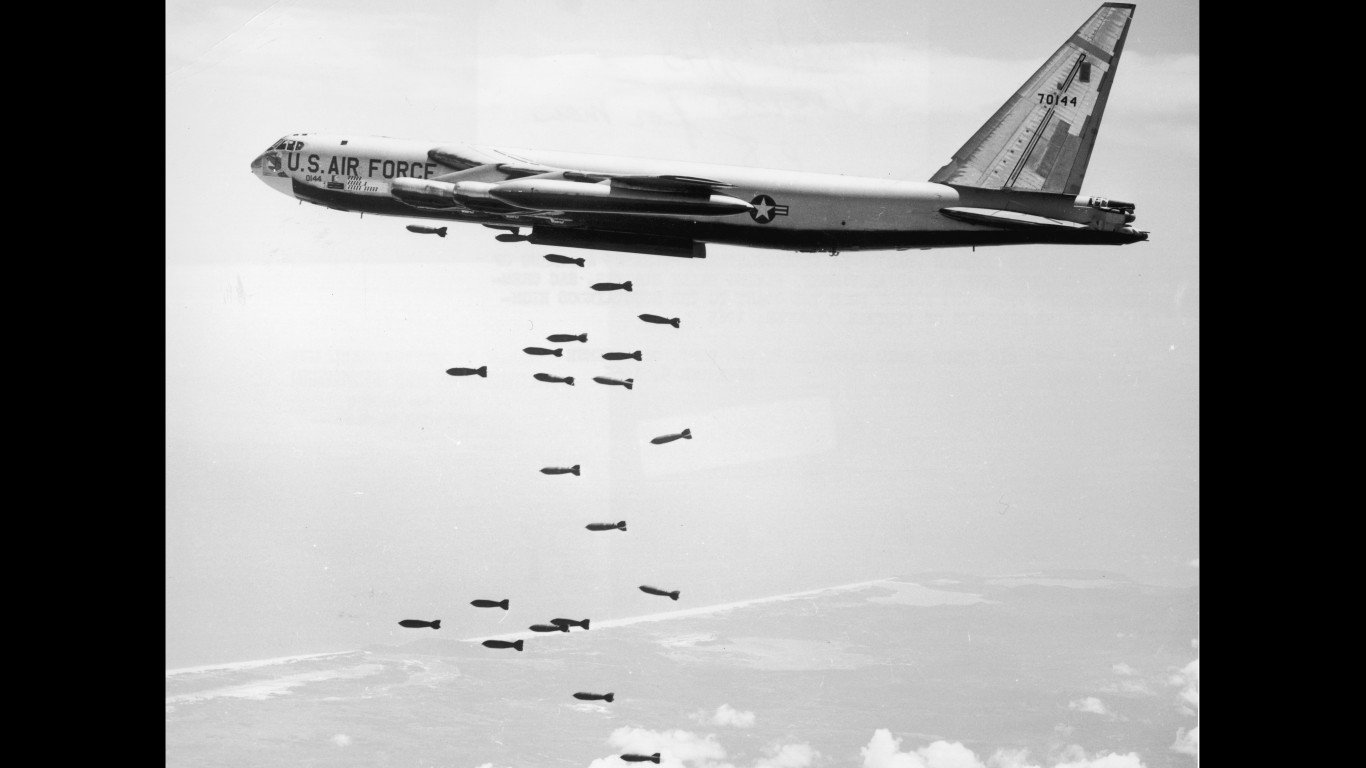
1965
> Doomsday clock position: 12 minutes to midnight
> Nuclear tests: 58
In March, the Vietnam War intensifies with a U.S. and South Vietnamese-led bombing campaign against targets in North Vietnam. In November, U.S. and North Vietnamese forces engage in the first major battle of the war, the Battle of Ia Drang.
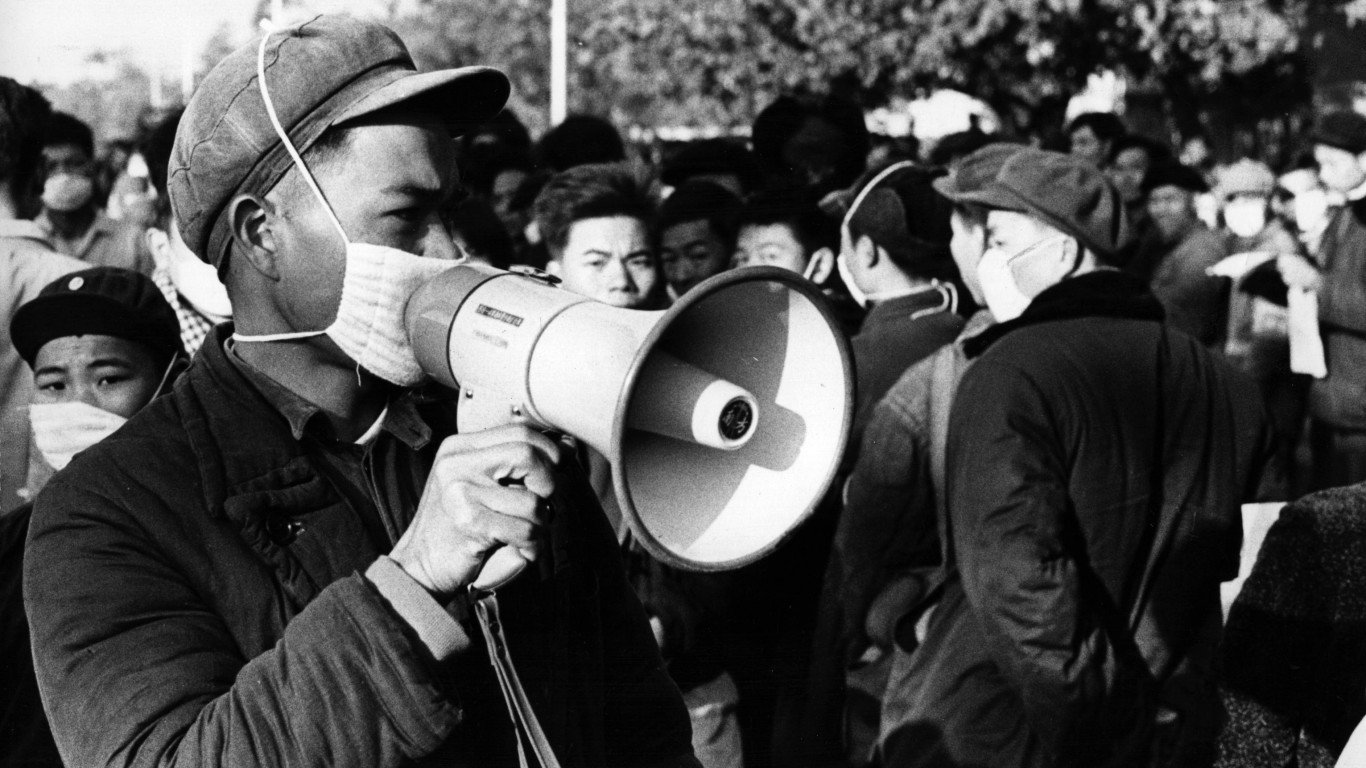
1966
> Doomsday clock position: 12 minutes to midnight
> Nuclear tests: 76
China’s Communist Leader Mao Zedong launches China’s Cultural Revolution to reassert the government’s control over the population. However, the legacy is one of hardship, with millions killed and imprisoned.





